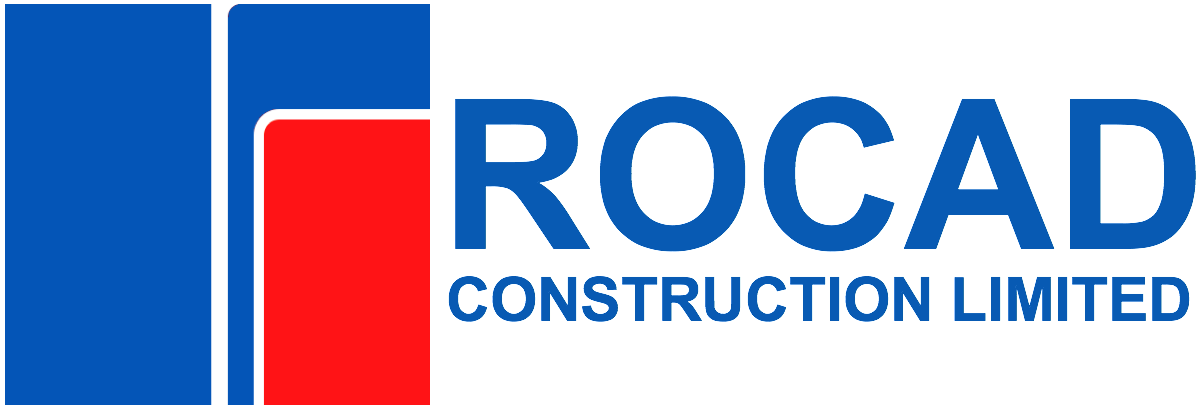They have a debit balance, which means debiting an expense account increases it, while crediting decreases it. Another advanced method involves integrating real-time inventory tracking systems with enterprise resource planning (ERP) software. This integration allows for continuous monitoring of inventory levels and automatic adjustments to contra accounts as discrepancies are detected. For instance, using IoT-enabled sensors and RFID tags, companies can achieve real-time visibility into their inventory, reducing the lag between physical inventory changes and their reflection in financial records. This seamless integration ensures that financial statements are always up-to-date, enhancing transparency and accuracy.
Cost of Goods Sold (COGS) represents the direct expenses incurred by a business in producing or acquiring the goods it sells. It includes the cost of raw materials, direct labor involved in manufacturing, and factory overhead tied to production. For retailers, COGS primarily consists of the purchase price of inventory, including any freight or shipping charges. As the cost of goods sold is a debit account, debiting it will increase the cost of goods sold and reduce the company’s profits. The inventory account is of a debit nature, and crediting it will decrease the value of closing inventory. In accounting terms, expenses are like the villains that decrease the owner’s equity.
Is Cost of Goods Sold a Contra Account?
- A contra revenue account allows a company to see the original amount sold and to also see the items that reduced the sales to the amount of net sales.
- The cost of goods sold (COGS) account will have a debit balance of $100,000, representing the initial cost of the inventory.
- Under the periodic inventory system, there is only one journal entry to record the sales return and allowances.
- The most common contra type, contra assets, records the loss in value of any asset accounts listed in your general ledger.
- This action reduces the total cost of goods purchased, ensuring that the expense reported on the financial statements reflects only the net cost of goods that were actually retained and used by the company.
When an expense is initially recorded, it is debited to the relevant expense account. If a reduction or rebate occurs, a credit is made to the contra expense account, which offsets the original expense. This method ensures that the financial statements reflect the net expense, rather than the gross amount, providing a more precise financial picture. The account Allowance for Doubtful Account is credited when the account Bad Debts Expense is debited under the allowance method. The use of Allowance for Doubtful Accounts allows us to see in Accounts Receivable the total amount that the company has a right to collect from its credit customers.
1. Accumulated Depreciation Asset Contra
Of course, that’s not really our profit because we still have to pay rent on the store, insurance, our employees’ wages, and other expenses. But, for this one transaction, before any other deductions, we have a perfectly matched revenue and expense picture. Inscrutable Corporation offers long-term disability insurance to its employees under an arrangement in which it pays for the insurance, and then participating employees reimburse it for half of this cost. In the first month of the arrangement, the company pays the insurer $10,000, which Inscrutable records in a long-term disability insurance expense account. It then records $5,000 of contra expense against this account, which is derived from deductions taken from employee pay. Sales returns occur when a customer returns goods to the seller due to some fault, while the term sales allowance is used when the buyer agrees to keep the products, but for a lesser price.
AccountingTools
The sale return account is created for recording the sale that is returning from the customer. It is the contra entries of the sales account, increasing in debit and decreasing in credit. The main reason that is recording in debit while the sales return happened is that this account will decrease the total sale revenue. In a sales allowance, the customer is not returning any merchandise and we will only adjust the customer side of the transactions (sales and accounts receivable).
- As mentioned above, under the perpetual inventory system, there is an additional entry to record the reduction of cost of goods sold and the increase in merchandise inventory.
- The amount a company records as allowance for doubtful accounts is the amount from its accounts receivable the company considers uncollectible.
- This reduction can lead to a more favorable view of the company’s profitability, as it shows that the company is effectively managing its costs.
- The hottest retail item of today can be relegated to nostalgia channels on YouTube tomorrow.
- On 5th Feb 2020, the customer returned 5 pieces of product Y and 6 pieces of product Z to ABC cosmetics.
- These are recorded at purchase cost, which may include transportation and handling fees.
What is Sales Return and Allowances?
Below is the explanation of how the cost of goods sold is recorded in the form of double entries in the company management account or financial statements. On 2nd Feb 2020, is cost of goods sold a contra account the firm recorded credit sales of 10 pieces for product Y and 15 pieces for product Z to one of its old customers for $50 and $25 each respectively. So when the company’s warehouse physically receives the goods, the inventory account will be debited to increase the asset, and the cost of goods sold will be credited. Cost of Goods Sold (COGS) directly affects profit by influencing the gross margin, a key metric for financial performance.
Accounting for Sales Return: Journal Entries and Example
In order to record this ongoing value drop, you would use a corresponding contra account — an Asset Depreciation account. A contra account is an asset account that is kept at either a negative or zero balance and is used on a balance sheet to offset the positive balance of a paired asset. To put it another way, a contra account is an account listed within a general ledger with the purpose of capturing the reduced value of a paired or related account when the two are added together. How would this account have looked if we recorded the $100 purchase of bats as an expense? That entry wouldn’t have the most useful information because we will have 9 bats to sell. That is the major difference between accounting for merchandising (and manufacturing) and service businesses.
Accounting for sales return is mainly concerned with revising revenue and cost of goods sold previously recorded. Account receivable or cash and cash equivalents should also affect whether it is the cash sale or credit sales. The income statement (also known as the profit and loss statement) is all about capturing revenue and expenses over a specific period. When a seller agrees to the sales return or sales allowance, the seller sends the buyer a credit memorandum indicating a reduction (crediting) of the buyer’s account receivable. A credit memorandum becomes the basis for recording a sales return or a sales allowance. Sales are recorded in a Sales Revenue (or Sales) account and is the price we charge to the customers.
COGS is distinct from operating expenses, which include indirect costs like administrative salaries or marketing, as COGS is directly tied to the production or acquisition of the goods sold. Under the periodic inventory system, there is only one journal entry to record the sales return and allowances. Sellers record sales returns and sales allowances in a separate Sales Returns and Allowances account. The Sales Returns and Allowances account is a contra revenue account (to Sales) that records the selling price of merchandise returned by buyers or reductions in selling prices granted. The use of contra expense accounts also aids in identifying trends and anomalies in expense patterns.
Therefore, the net amount of the accounts receivable that is expected to turn to cash is $38,000. Allowance for doubtful accounts is a common contra asset listed on a company’s balance sheet under accounts receivable. A contra asset account is an asset account where the account balance is a credit balance. It is described as “contra” because having a credit balance in an asset account is contrary to the normal or expected debit balance.
This entry shows that you’re debiting the COGS expense account (increasing it) and crediting the inventory account (decreasing it). Essentially, you’re acknowledging that goods have been sold, and their costs are now expenses. The cool thing (if accounting can be cool) is that COGS appears on your income statement.





